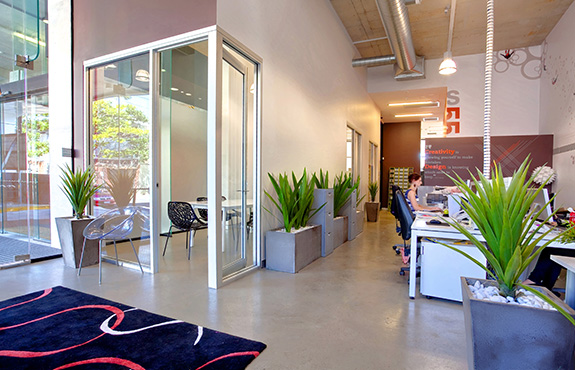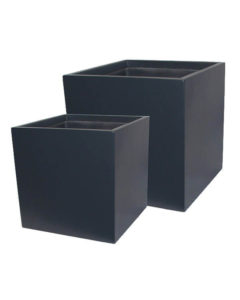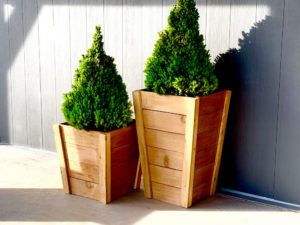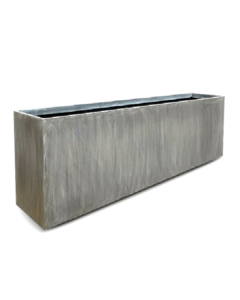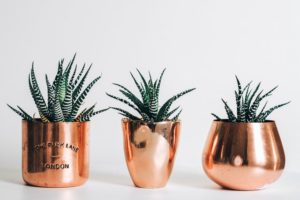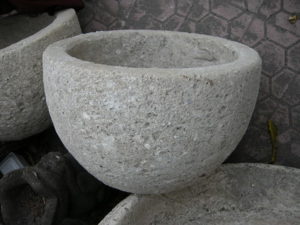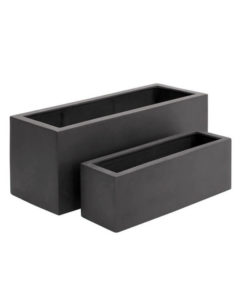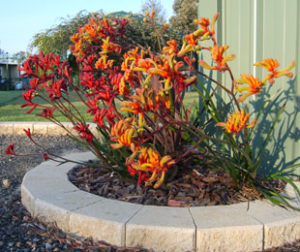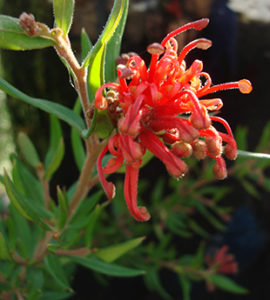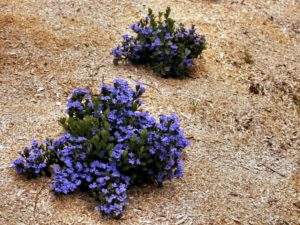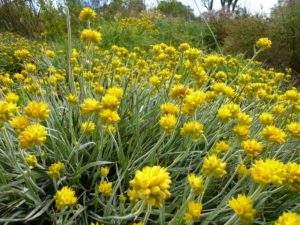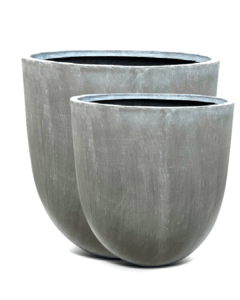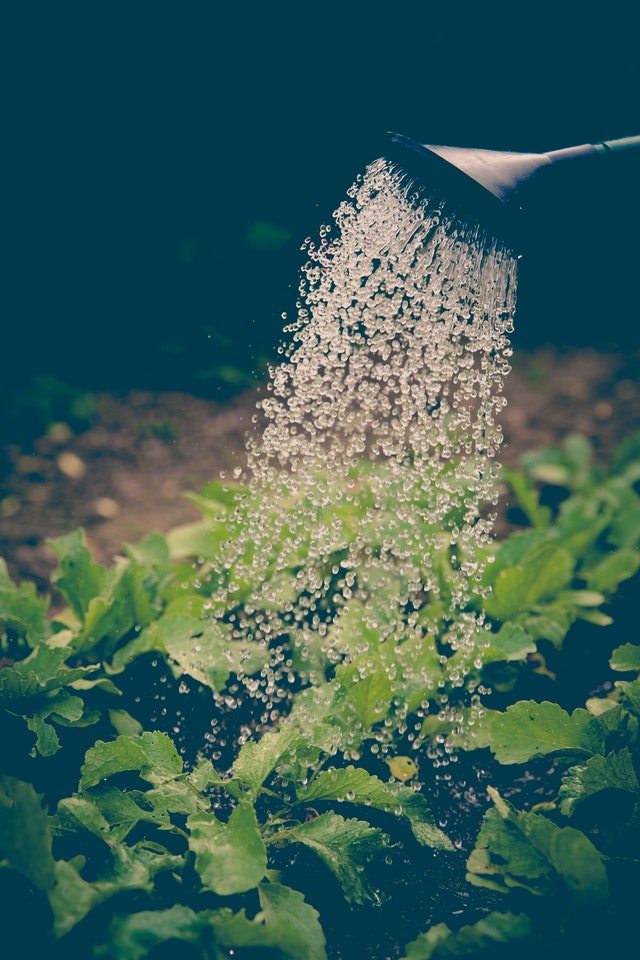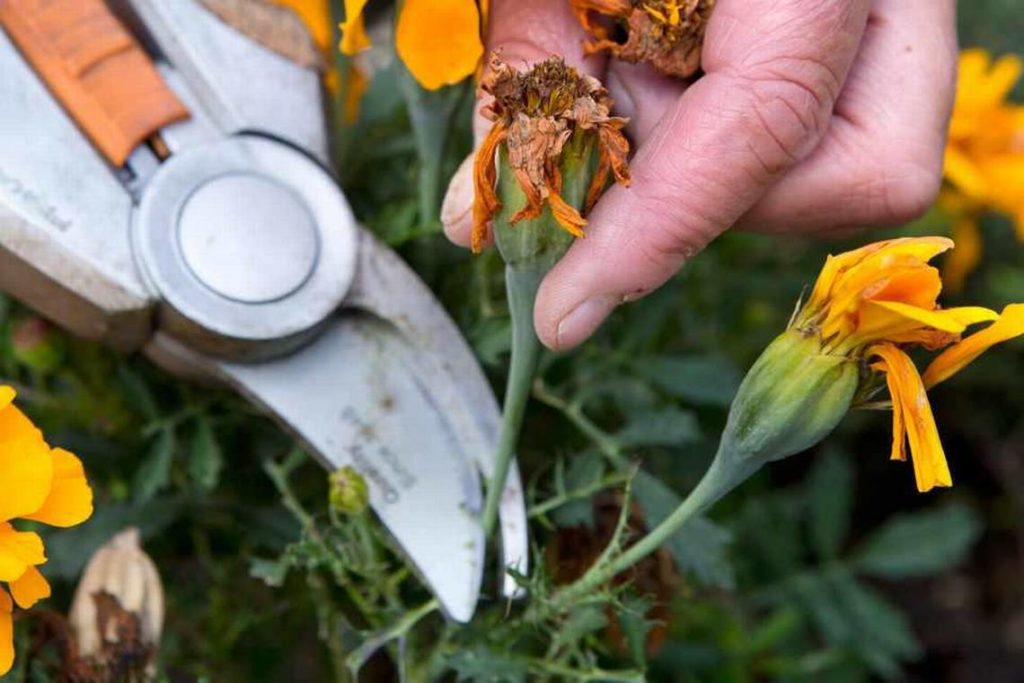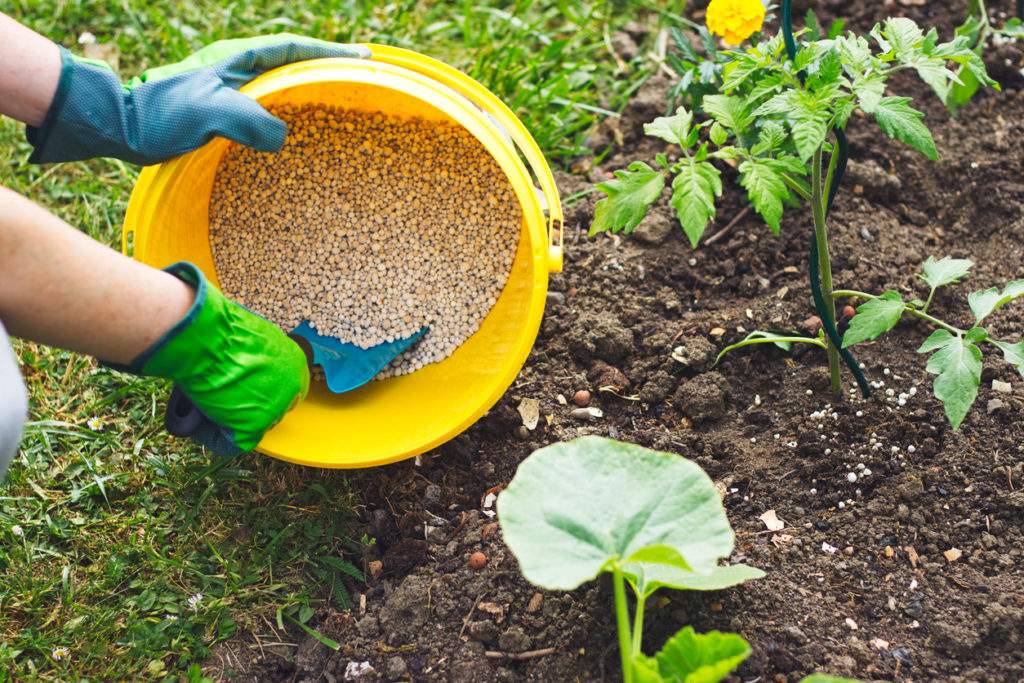Living in an urban area with not much space for planting? Don’t have a big enough yard for a garden? No problem. Go for container gardening. If you don’t know much about container gardening, we’ve got you covered.
Why Do Container Gardening?
Container Gardening is Ideal for Areas with Little Space for Planting
If you don’t have a lot of space, container gardening can make planting possible. You’ll probably encounter this problem if you live in a city where everything is congested. Even if you only have a small apartment, container gardening can allow for planting in whatever small space you have. You can plant inside or outside your living space and workplace.
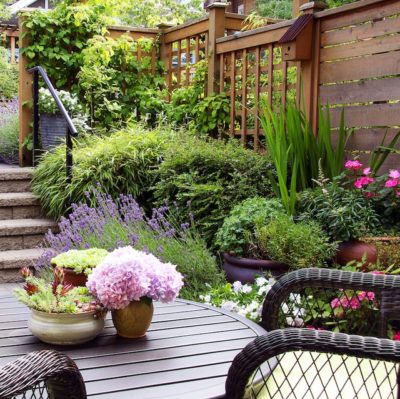
Container Gardening is Ideal for Planting in Areas with No Soil
If you want to add plants in an area filled with concrete paving, your only option is to use plant containers. Even the densest concrete jungles can become a green sanctuary if you do container gardening.
Container Gardening is Ideal for Planting Indoors
Apart from aerial and aquatic plants, your only other option for planting indoors is container gardening. Whether you want to add some succulents in your home office or want tall planters in your living room, container gardening will get the job done.
What Kinds of Planters Should I Use?
Planters come in various shapes and sizes. But more importantly, the material that the planters are made of will be critical to your design.
Fiberglass Planters
Fiberglass planters contain a combination of resins and fibers. This combination creates durable and lightweight planters. Fiberglass planters will last for a long time. They are suitable for most commercial and residential spaces. They are mostly recommended for contemporary designs but can match other themes depending on their paint finish.
Wood Planters
Wood containers are great for rustic designs. Plants look gorgeous when placed on stylish wooden containers. Different types of wood can be used for wooden planters. The most common ones are teak and cedar. While wood containers look good, they require special care. Wood will rot if not maintained properly especially if they get wet from watering. Manufacturers line the insides of the wooden planters with plastic material to prevent wood decay.
Concrete Planters
Concrete planters are long-lasting and durable. However, do note that some low-quality concrete planters may become brittle over time. It is best to choose a concrete planter that has been reinforced with some other material. GRC (glass-reinforced concrete) planters are lightweight yet durable. GRC planters have been reinforced so they are more durable than your regular concrete planters.
If you are going for a concrete planter, we recommend choosing GRC planters for its superior quality. They are great for streetscaping and projects for commercial and residential areas.
Metal Planters
Metal planters look great but come with many downsides. It can overheat fast and this can put stress on your plants. This excessive heat can damage plant roots. Metal planters also cause the soil to dry out faster which can be aggravated during the hot summer months.
Another downside to metal planters is that they are not weatherproof. When exposed to moisture, it will rust and corrode. They can be recommended for indoor use so it is not exposed to direct sun and rain. Metal planers are recommended for contemporary designs.
Natural Stone Planters
Natural stone planters range from slate, granite, or other kinds of stones. These planters are inherently durable but can be quite heavy. Stone planters are also weatherproof. They require little maintenance even when left outdoors. This makes natural stone planters appropriate for residential and commercial outdoor spaces. Even high foot traffic areas can make good use of stone planters. They are suitable for rustic designs.
Fiberstone planters
Fiberstone planters are versatile. This planter is a mixture of stone powder and fiberglass. Compared to natural stone planters, fiberstone planters are more lightweight but just as durable. It can have a rough sand texture. It is suitable for both indoor and outdoor landscaping projects.
The next step is to choose the plants for your container garden.
Choosing Plants for Your Container Garden
There are several things to consider when choosing plants for planters. You should choose which plants are appropriate for the area where your planters will be situated in.
Amount of Sunlight
Some plants need at least 6 hours of direct sunlight like Amber Velvet (Anigozanthos hybrid) and Aussie Rambler (Carpobrotus glaucescens). Some plants need less sun such as Bellissimo (Correa reflexa) and Cherry Cluster (Grevillearhyolitica x juniperina). Other good plant choices for container gardens are port wine magnolias, frangipanis, and petunias.
-
image from https://www.ozbreed.com.au/ -
image from https://www.ozbreed.com.au/
Plants that thrive in the shade include Stream Lily (Helmholtzia glaberrima), Bird’s Nest Fern (Asplenium australasicum), Zanzibar Gem (Zamioculcus zamiofolia) and Rubber Plant (Ficus elastica ‘rubra’).
Calathea is a great choice for an indoor container garden. It looks elegant and it is easy to grow despite not being native to Australia. Umbrella tree (Schefflera actinophylla) is another great option for indoor container gardening. This one is native to Australia. It can grow to be tall so it is a great choice even if you don’t have wide space. You can also find dwarf varieties if that’s what you prefer.
Plant Colours
If you want to add colour, Cobalt Mound (Damperia linearis) is a great option. This dwarf low maintenance plant grows a gorgeous bright blue flower. The colour blue in the garden promotes peacefulness and relaxation.
-
image from https://www.gardeningwithangus.com.au/ -
image from https://www.gardeningwithangus.com.au/
Use bright colours to draw attention. Bright colours to be the focal point of your garden. It can also add a festive or exciting feel if used correctly. One great perennial plant that grows attractive heads of yellow flowers is Cotton Heads (Conostylis candicans). Other great considerations for colourful shrubs are Everlasting Daisy, Bush Pearl, and All Aglow.
Attracting the Local Wildlife
If you have an open space and want to attract wildlife, you can consider planting gum trees. Gum trees produce flower nectars that attract a wide range of bees, and colourful birds.
Safety and Security
For outdoor projects in public spaces, you should be mindful of using thorny plants. This can pose a danger to pedestrians. You also need to be careful with plants that secrete poisonous sap like Euphorbias. You wouldn’t want these kinds of plants in areas where children are frolicking.
Contrast and Balance
Contrast emphasizes the difference between elements found in your garden. Creating contrast might seem complicated but it’s actually not that complex. One way of creating contrast is by planting plants with large leaves with plants that have small or narrow leaves. Another means of creating contrast is by playing with colours. You can plant plants that have contrasting colours. Choose a plant with white flowers to go with plants with deep red-coloured or purple flowers. Also play with contrasting colours between the plant and the container.
The positioning of pots helps to create balance in your garden. There are two types of balance: asymmetrical and symmetrical. Choose what’s best for your landscape.
Other Considerations for Choosing Plant Containers
Size of Pots
The size of your planters is important for your plants. The size of the container will dictate how much your plants will grow. Small containers will limit the root growth of plants so they won’t grow too much. Extra-large pots can even hold small trees. Make sure they are durable though as the vigorous root growth of some small trees can crack these pots.
Colours
The colour of your planters is important. It should match the other colours in your garden. Other colours can come from flowers, bark, hardscapes, furniture, and architecture. Your choice of colours affects the mood and ambiance of your landscape. Colour can be soothing or exciting. It all depends on how you plan your garden. Neutral colours in the garden are black, grey, green, and white. Your choice of colour for planters should complement whatever theme you are going for.
Drain Holes
If you are using planters indoors, you’ll want the drain holes sealed. Otherwise, you’ll be creating a wet mess every time you water. You can use a drainage plate if you want to keep the drain holes. For outdoor spaces where you don’t have to worry about the water leaking from the drain holes, keep the drain holes open.
How to Plant Your Container Garden
You got your plants and your container. To get started on your container garden, you’ll need a few more things.
- potting mix
- mulch (straw, hay, wood bark, etc.)
- plant food/fertiliser
- Water
Follow the steps below when planting in containers.
- First, you need to check your containers for proper drainage. Poor drainage can lead to unhealthy plants and proliferate soil-borne diseases. If you need to seal the drain holes for indoor planting, now’s the time to do it.
- Put a layer of mulch at the bottom of the pot. This will help aid drainage. If you use organic mulch, this will eventually become plant food.
- You can now fill your container with potting mix allowing for some space at the pot for the plant to grow. While you can use good old garden soil, potting mix is recommended because it is lightweight and promotes better water retention. It also drains better compared to garden soil.
- Start placing your plants in the container. Some plants have larger root balls, so make sure that their roots are deep enough. Avoid burying the stem of the plant. This will promote decay.
- You can now start sprinkling slow-release fertiliser. Never sprinkle it on the top and on the leaves of the plant. Place it around the plant on the top of the soil.
- The final step would be watering your plant. Make sure that the water hydrates the soil from top to bottom. This can also be a good time to check if the drainage works.
You have now started your container garden. But it doesn’t end there. A container garden also requires maintenance.
Maintaining Your Container Garden.
Aside from a few considerations, maintaining a container garden is not much different from a normal garden.
Watering
Sufficient water is essential for plants to grow healthy. Unlike a normal garden, plants in containers are more susceptible to drowning especially if you have sealed off the planter’s drain holes. You have to be careful not to overwater. If you chose to retain the drainage holes and used a drain plate, then proper drainage won’t be a big problem.
Small plants need to be hydrated a couple of times a week. Big plants and trees don’t need frequent watering. Instead, you can water them a few times a week but ensure deep watering. Make sure that the water reaches the plant roots. One way to check this is to water until the water runs out of the drain holes.
Deadheading
Deadheading is also essential for container gardens. It is the process of removing dead or dried leaves or flowers. You can deadhead small plants just with your hands. For bigger plants, you might need pruning shears.
Deadheading also helps to keep your garden looking great. No one wants to see wilted leaves and flowers. The process also lessens the possibility of decay and pest infestation.
Fertilising
Is fertilising necessary? Not exactly a must but it is advised. Fertilisers help gardeners and landscapers keep plants in great health. In simpler terms, you can think of fertilisers as food supplements for plants.
There are types of fertilisers — organic and inorganic. Organic fertiliser consists of natural materials such as animal waste and compost. This type of fertiliser is a valuable source of nutrients that enhance soil composition. On the other hand, inorganic fertilisers are man-made or artificially manufactured. Most minerals found in this fertiliser are mined from the earth mixed with synthetic chemicals.
Applying fertiliser is straightforward. This guide details how often you should feed your plants.
Pest Control and Disease Prevention
Inspect your plants for signs of infestation every now and then. If you find pests, remove them immediately. If you see any signs of plant disease, isolate the infected plant right away. Try to find out what pests or diseases you are dealing with so you can address the problem at its core.
Conclusion
Container gardening is a great way to express your gardening and landscaping ideas if you have no space for planting. A container garden can give you just as much joy as a regular garden. It can be even better as you can use planters for design or utility. Pots and planters can make a great addition to any indoor or outdoor design project. You can now start your container gardening journey.

